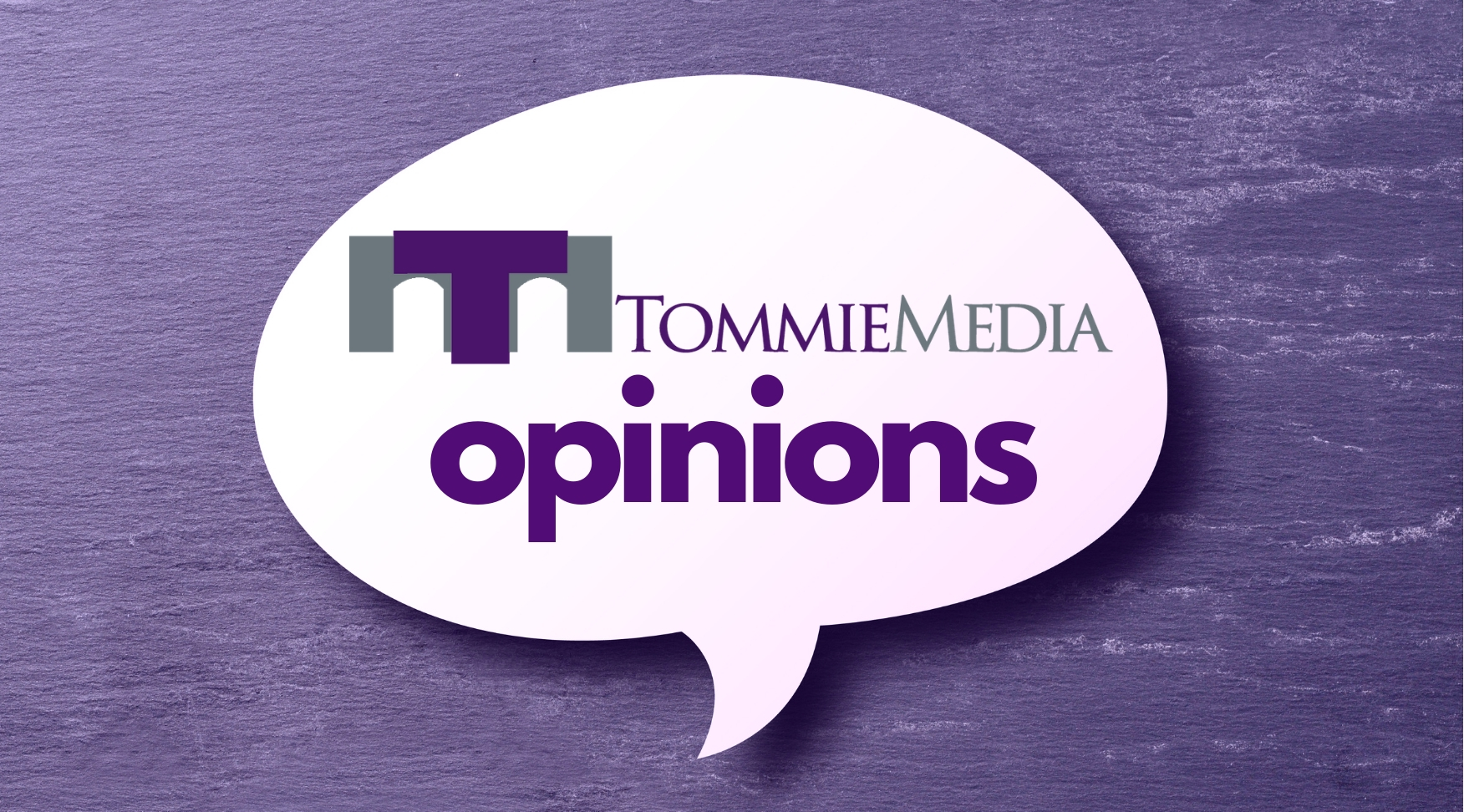The culture of alcohol in the United States is much different than in many places around the world. In America, alcohol has been made to be a novelty far greater than its worth. In other countries, children experience alcohol legally while they are young. They grow up with it being a normal part of life.
American children and young adults put drinking on a pedestal that can easily result in misuse. Growing up, people wait to drink like they wait to earn their driver’s license – except many times, they do not wait.
Lowering the drinking age to 19 would keep alcohol out of high schools, but hopefully demystify it and allow it to become less of a problem in society.
High school is not a place for drinking. Young adults are developing and beginning to figure out who they are. Students do not need to add alcohol to some of the most confusing years of their lives.
That being said, alcohol is used in high school anyway. According to the 2015 National Survey of Drug Use and Health (NSDUH), “33.1 percent of 15-year-olds report that they have had at least one drink in their lives. About 7.7 million people ages 12–20 (20.3 percent of this age group) reported drinking alcohol in the past month (19.8 percent of males and 20.8 percent of females).”
Even more college students drink underage.
According to the 2015 NSDUH, “58.0 percent of full-time college students ages 18–22 drank alcohol in the past month compared with 48.2 percent of other persons of the same age.”
Drinking is a large part of many universities’ culture. This aspect of college is absolutely not required for participation, but does often assume a lot of a college student’s time.
In no way am I saying alcohol is outright beneficial to people under the age of 21. It is not overly beneficial to anyone and can become dangerous in excess. But it is also a tool of social gathering and is used whether it is good for us or not.
Once entering college, alcohol is extremely easy to access; whether it is through a fake ID or asking others to buy it. Binge drinking, which is defined as the consumption of large amounts of alcohol in a short period of time, becomes normal for many students. The idea of “wanting what we can’t have” is over, and alcohol is misused and unfortunately causes many deaths.
In Minnesota, the Medical Amnesty Law gives protection to those willing to report possible harm being done in the case of alcohol use. The law allows one person to report and stay with the person being reported, and not be in danger of prosecution for underage use of alcohol. This law is essential to keeping people safe, especially in many college settings where it is thought that the more you drink, the cooler you look.
Unfortunately, this law is not present in all states. Underage drinking is present all over the country, and a higher drinking age scares underage drinkers into not reporting problems in fear of getting in trouble. This is extremely dangerous.
At the age of 18, United States citizens are granted the right to serve their country, but in most states they can’t have a drink while out with their family for dinner. The drinking age being lowered to 19 would take pressure off the novelty that alcohol has become.
Normalizing alcohol consumption takes away much of the thrill associated with drinking. Allowing alcohol to become more integrated in our culture as a social practice instead of a sport would hopefully give young adults a better perspective on the dangers of over consumption.
Anna Hoffman can be reached at hoff0001@stthoms.edu.




Legislation and fiscal deterrence do only so much. We are only being told one message, to drink. There is no monetization in doing nothing that will make you healthier. Not drinking simply needs to be made more positive. #soberworldorg. Positive prevention and brain training.